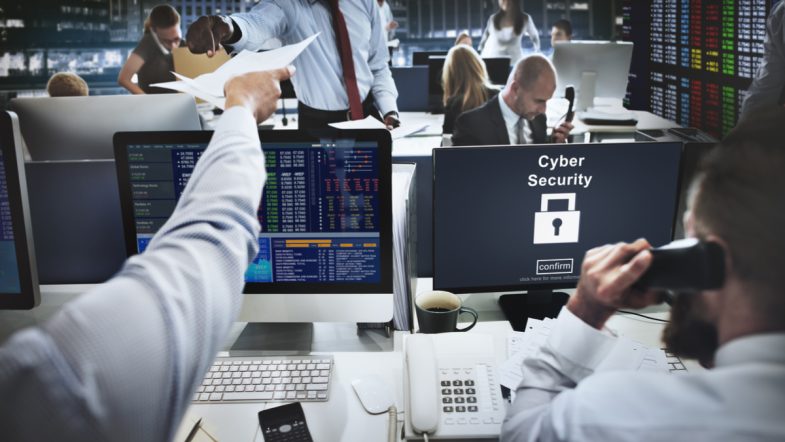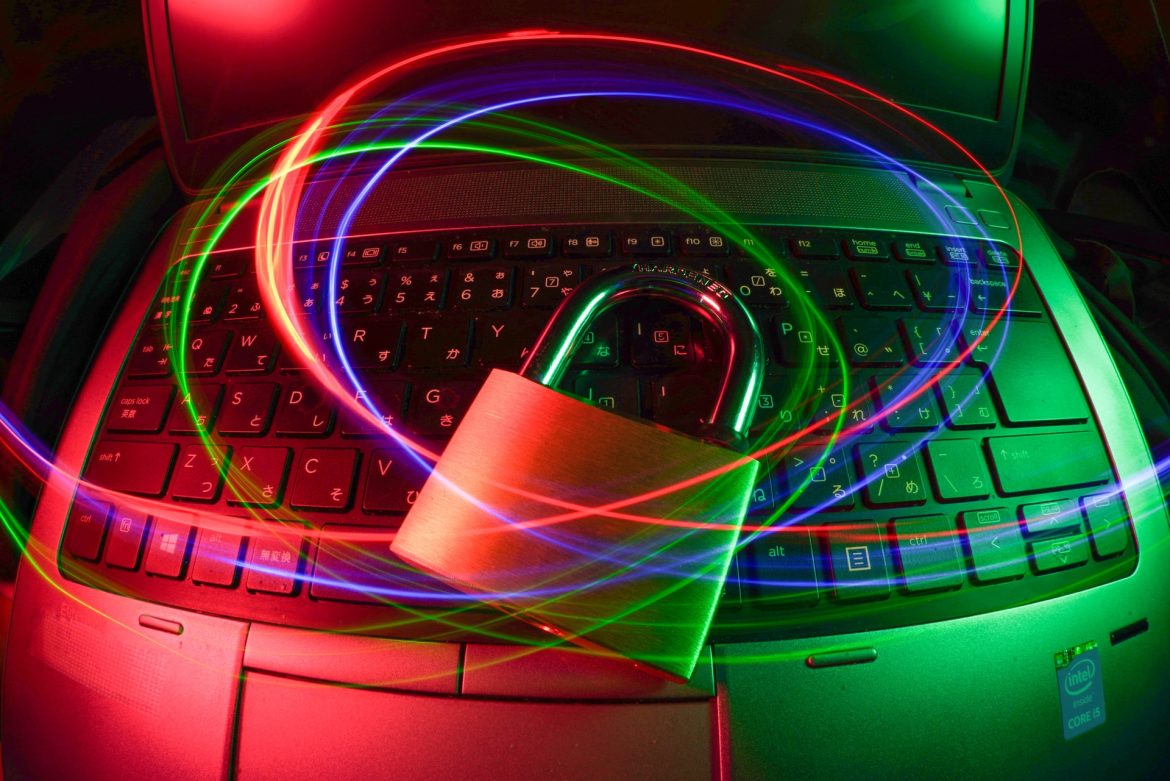At the heart of cyber security is the protection of data and information. Unfortunately, sensitive data are being transmitted every second through various devices and platforms from one point to another. While these data are transferred for multiple reasons, if they get into the hands of the wrong individuals, they could be used to wreak havoc in an organization, regardless of its size.
So, whether you are a data analyst, data scientist, researcher, businessman, marketer, or in any other profession, you must ensure the security of your data being transmitted over the internet. Data security is so essential that it must be carefully handled and stored without error.
Many small business owners have the misconception that cyber security is only secluded to big companies. Still, a report by AdvisorSmith showed that 42% of small businesses experienced cyber attacks within a year, while 69% of others are worried about the possibility of an attack. It also revealed that 72% of many of these small businesses have implemented various levels of cyber security in their companies.
With cyber-attacks coming in various forms, it is not enough to rely on technology alone for optimal security. Your employees must be sensitized to the required practices to uphold the protection of company data, and various online and on-site measures must be put in place.
Cyber security requires an information security management system that is built on three key pillars, namely, people, processes, and technology.
The core focus of every cyber security strategy is the people. The people are at the center of the security framework. No wonder World Economic Forum affirms that most cyber attacks are caused by human error.
These errors could be an employee clicking infected links, a lack of a Zero Trust framework, a weak password, etc. A study showed that at least 1 or 3 employees would likely open and read phishing emails, while 1 to 2 of those employees will probably click on links in the phishing email. This singular act may cause an unknown installation of malware or ransomware.
Each aspect is very critical to cyber security as the other. However, ‘people’ are more vulnerable in the chain. Processes are the next most susceptible, while Technology is the backbone of cyber security. Under the technology, patterns are known as confidentiality, availability, and integrity.
1. People

img source: unsplash.com
It is very important to ask who the People in cyber security are. ‘People’ help to determine the perfect time for administering security measures over an individual or organization’s assets. They help to propel the cyber security process from diverse angles.
The ‘People’ feature includes C[-suite executives, management, directors, and the departments of those who execute cyber security in a company, such as third-party consultants and staff.
Employee training and sensitization are very critical to the success of a company in combating cyber attacks. Some information required to guard employees against attacks;
- Securing passwords adequately.
- Avoid clicking phishing in emails.
- Keep off from opening attachments from unknown sources.
- Avoid USB memory sticks that are not yours.
- Desist from downloading software from sites that the company does not sanction.
With these simple steps being adhered to, your cyber security structure will have been taken to a whole different height. Therefore, it is important that your company’s cyber security staff have the latest skills and must be capable of installing processes and security solutions to combat cyber threats. They should also be able to proactively communicate new security tools or features to prevent attacks and also figure out early cyber risks.
2. Processes

img source: raconteur.net
The company’s cyber security processes refer to its roles, activities, and documentation. These processes are used to ensure and track cybersecurity and must be constantly reviewed and updated to combat rising cyber threats. Therefore, the documentation deployed in mitigating cyber threats is essential. Appointment letters, company procedures, and confidentiality agreements are vital elements here. At Onelogin companies can easily use this Identity and access management that will protect sensitive data. With this tool, you can manage the people, software, and hardware of your organization and enable the right people with the right tools, check it out to know more.
The Processes and policy are critical to driving the framework for governance and uncovering procedures that can be measured over time. Processes are affected as a way of improving a security system’s integrity. Secure entry points, detective controls such as reviews, and regular audits ensure you stick to a company’s best practices of cyber security.
As an element of the three key pillars of cyber security for enterprises, processes include:
- Deploying management systems.
- Performing risk assessments to identify risks.
- To activate two-factor log-in processes.
- To constantly update software harnessing security patches.
An organization 5that is committed to ensuring a solid security system must adhere to a proper procedure to mitigate risks. Processes must also be constantly updated to meet up with rising challenges.
3. Technology

img source: unsplash.com
Technology is a vital aspect of managing and frustrating the risks of potential cyber threats in a company. However, it is the hardware and software departments that utilize to step up the cyber security structure in a company.
Important aspects of technology might include behavior analytics used in the management and monitoring of staff and user behavior which alerts a company of potential malware or hacking event. It also consists of an authentication response system for confirming user credentials before being offered access to secure assets. These technologies are built in a security framework to create layers and fortify the system too hard for a data theft occurrence.
While technology is vital to data security, it will only be as efficient as its users. So, regardless of your choices, deploy technology that is effectively used in achieving its security purpose. However, prioritize technology that meets your need and is easy to manage. Impatient employees are often short-circuiting security systems that are too cumbersome. Firewalls and VPNs are crucial security protection that should be considered.
Alignment is fundamental to your security strategy. Irrespective of your company’s size, you should be able to incorporate these three pillars properly and also ensure that they have proper alignment to put your data and information in safer conditions in the future.
